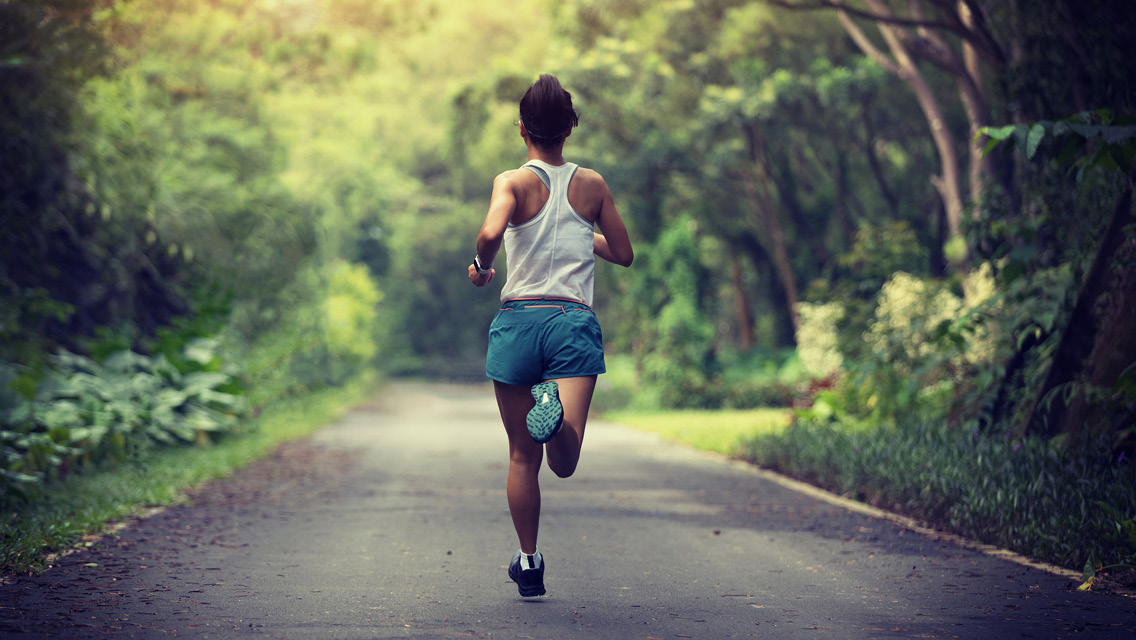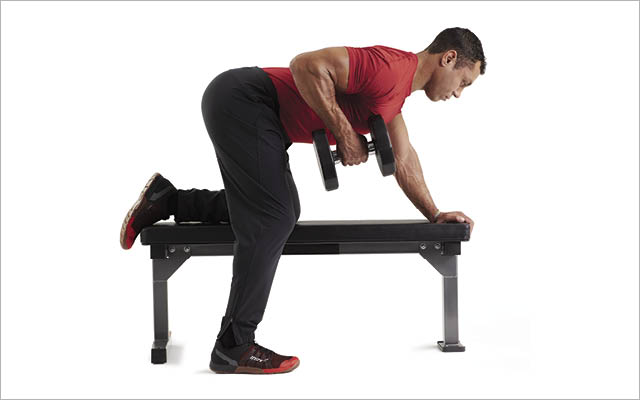I still remember my first athletic experience, and as I recall, it wasn’t pretty. I was in third grade, doing the 100-yard dash as part of the Presidential Physical Fitness Challenge. It was the first time I’d run since being hospitalized with double pneumonia a few years earlier, and what I didn’t know was that, in the interim, I had developed asthma.
So there I was, wheezing and coughing my little lungs out, feeling all sweaty and clammy and like I was going to die. I figured this was my fate — that I was doomed to being a weak, feeble, decidedly unathletic individual. And since I couldn’t hope to compete in the world of fitness, I decided to sidestep it altogether.
Aside from two requisite phys-ed classes I took in college (badminton and hatha yoga, thank you very much, neither of which required me to break a sweat), my default position was to pass on any and all forms of physical exercise whenever possible.
It wasn’t until my early 30s that I decided to try running again. By this time, I had a lot more knowledge under my belt. I also had a secret weapon of sorts — a heart-rate monitor.
Because I’d started editing this magazine, I was learning a lot about the current science of health and fitness. And from what I could tell, heart-rate training was where it was at.
At first I noodled along a bit haphazardly, training according to estimated heart-rate zones based on age-related formulas. Even doing it that way, I was able to identify which levels of exertion were doable (but still challenging enough to deliver decent fitness results), and which were guaranteed to leave me wheezing.
Eventually, though, in 2004, I got hungry for more precise information about my current level of fitness. I wanted to know my training zones with more certainty and to have a more structured cardio strategy. So I went and got a VO2-max test.
That experience wasn’t nearly as awful as I’d expected it to be (I wrote about it in my January letter that year, if you want the details), and it marked a turning point for me. I could do this, I realized. I just needed the right attitude and motivation — which for me had everything to do with having accurate, objective information.
I needed to really know for sure how hard I was working, both so that I wouldn’t push too hard and wind up gasping, and so that I could feel certain that the effort I was putting out was enough to make a difference.
It was. Over a period of a few months, I could see the numbers on my heart-rate monitor changing. They showed that even though I was working out harder, my cardiovascular system was rising to the challenge.
I went back and got my VO2 max retested about a year later, and the results were encouraging. My fitness had measurably improved. I loved seeing objective evidence — right there on the graph — that I was making progress. But even more exciting for me was that somewhere along the line, my dread of physical exertion had loosened its grip on my soul.
Working out with a heart-rate monitor had helped me get to know and trust my body in a way I hadn’t before. And having access to objective feedback about my fitness evolution helped convince my wounded, discouraged inner child that I really was capable of changing my athletic destiny after all.
Today, I don’t wear my monitor all that often. I’ve gotten tuned in enough to my own exertion levels that I typically know how hard I’m working. And my cardiovascular fitness has improved to the point that I no longer fear asthma attacks, even during my sprint workouts. But I still credit V02-max testing and my heart-rate monitor with giving me the base of confidence I needed to give the world of athletics another try.
I once believed that things like heart-rate monitors and metabolic testing were only for fitness wonks and professional athletes. Increasingly, I think they might be even more important for the reluctant, would-be athletes among us — the ones who still associate exertion with experiences they’d rather forget.
This issue of Experience Life is dedicated to the inner athlete in all of us, and to the power that science and technology have to support us in whatever healthy pursuits we choose.
Wishing you a healthy autumn!



This Post Has 0 Comments